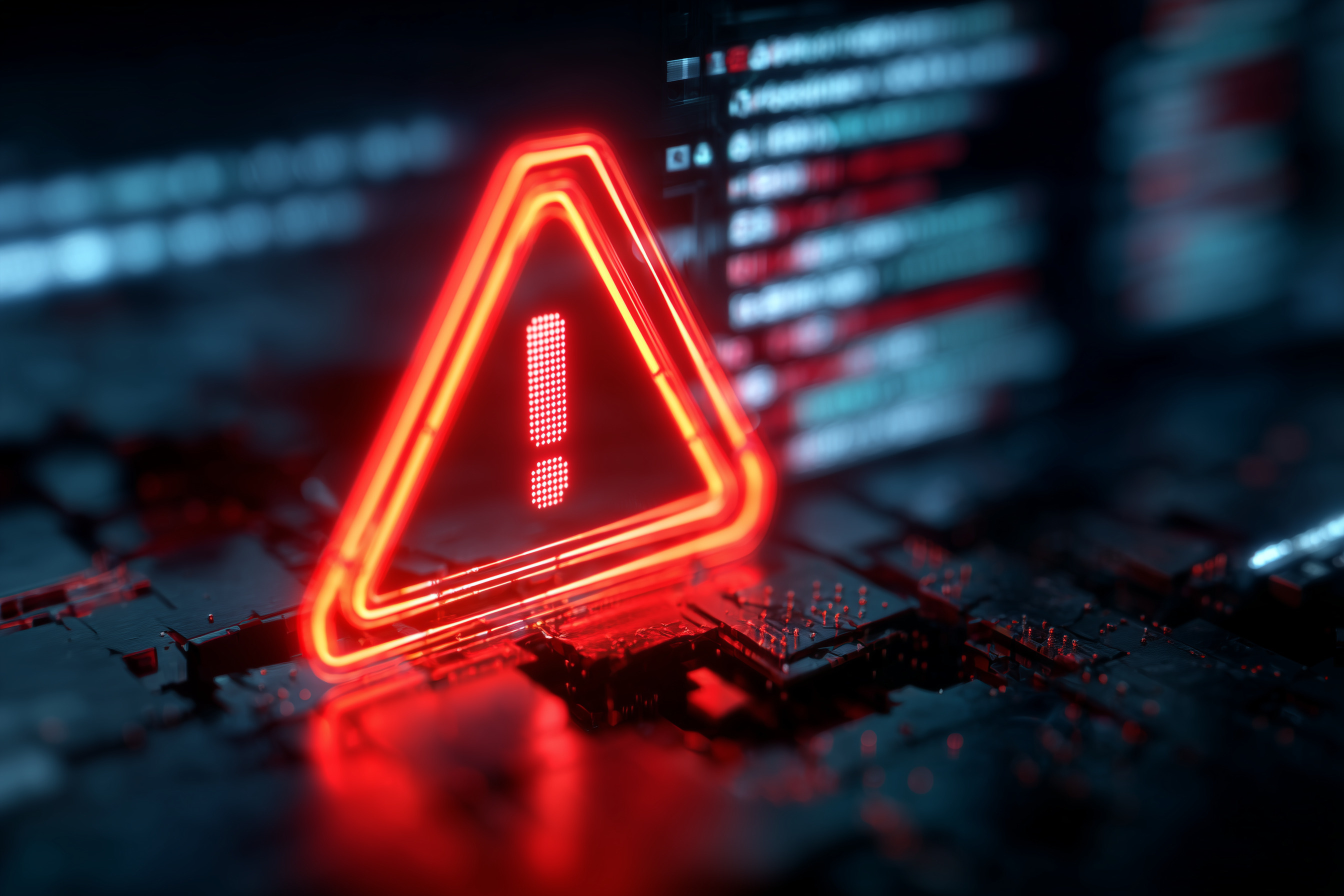5
min read
Written by IntegraONE on Sep 15, 2025 2:02:57 PM
The Rising Threat of AI-Driven Cyber Attacks
Are you concerned about AI cyberattacks? According to a recent McKinsey report, phishing attacks have spiked by 1200% since the rise of gen AI in 2022.
There is no doubt that AI technology is enticing to businesses today. After all, it makes things so much easier. From eliminating the drudgery of repetitive tasks to boosting the productivity of key personnel, AI holds the promise of a more efficient workplace. According to AI industry leaders, once AI is fully unleashed, it’s going to be a wonderful world.
There is just one caveat. It also makes the job of hackers much easier.
AI Makes Hacking Easier Too
While IT support teams might consult ChatGPT to troubleshoot technical issues, cybercriminals are using generative AI models to learn how to launch cyberattacks. According to Anthropic, the company behind the popular AI chatbot named Claude, a hacker used the AI assistant to research, hack and extort at least 17 companies. This is nothing new, as the FBI first began issuing warnings back in 2024 about the increasing threat posed by cyber criminals using AI tools to conduct attacks.
A Real-World Example of AI-Driven Threats
Fans of the Mission Impossible series are familiar with the dramatic reveal when a character peels off a disguise to expose their true identity. Unfortunately, this type of deception is no longer confined to Hollywood.
In January, 2024,the CFO of an engineering firm requested a video call. Company executives joined the call to learn about confidential acquisition. The CFO requested that a series of 15 transfers be made totaling some $25 million dollars. This time, the audience didn’t react well when they learned that the CFO was in fact an AI induced deepfake scam. These deepfake crimes resulted in at least $200 million in financial losses in the first quarter of 2025 alone.
AI Is Helping Scammers With Sophisticated Fraud
Phishing attacks in the beginning were a joke to many as these emails crafted overseas in countries such as Nigeria were riddled with spelling and grammar errors. Over time, however, phishing schemes have grown significantly more sophisticated, and now AI is pushing them into an entirely new realm of fraudulent reality. Now, a criminal on the other side of the world can create convincing email scams in every language thanks to generative AI. When it comes to AI, seeing and hearing is no longer believing.
Imagine receiving an email from your CEO who asks how your daughter did at her first ballet recital over the weekend or thanking you for hosting a dinner party the other night. These convincing morsels of knowledge can easily be scraped from social media accounts by AI and weaponized to build trust. Even presentations or interviews posted online can be analyzed and mimicked, allowing attackers to convincingly impersonate executives or trusted colleagues through audio or video.
AI Cyberattacks Exploit Speed and Scale
In the same way that developers and engineers are utilizing AI to streamline many of their former tasks, hackers of all levels are putting AI tools to malicious use.
- AI-enhanced malware uses machine learning algorithms to learn to adapt to environments, dynamically change its code structure, and carefully time attacks for maximum impact.
- AI can easily mimic legitimate processes or hide within trusted applications, making it significantly harder for traditional security tools to identify malicious activity.
- AI can learn from previous attack failures to improve future attempts
- Beyond mere automation, AI enables hackers to scan vast networks for vulnerabilities at a pace humans simply can’t match
Stay Ahead of AI Cyber Threats With Expert Support
While the threat of AI may certainly seem daunting, businesses can still protect against it. In the same way that Amazon has AI detectors to reject AI-written books, there are security tools that can identify AI-driven attacks by using behavioral analytics, machine learning, and threat intelligence.
IntegraOne provides you with a team of experts who can use those tools to monitor patterns in network traffic, user behavior, and system activity to detect anomalies that may indicate AI-generated threats. We stay on top of industry best practices and threat intelligence, helping you reduce your exposure and strengthen your cybersecurity response.
Learn more about these next-generation tools and how our experts can help your AI cybersecurity strategy by contacting our team today.




